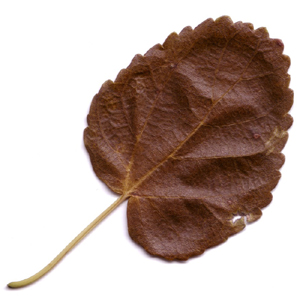Both materials can be used successfully in the manufacture of interior
window shutters. The decision as to which material is right for your home is
based on the environment of the window shutters. The environmental factors that
impact shutters in this decision are: heat and water.
Heat:
Plastic is formed/shaped by heat. The blown PVC used in most plastic shutter
components is formed at 1600. Likewise, as temperatures in a window
approach 1200, plastic can begin to lose its rigidity. Hollow
plastic louvers begin to lose their beam strength (ability to span even short
lengths – you would call this warping – see picture at right) at
temperatures as low as 1200.
MDF (Medium Density Fiberboard) or “Composite” or “Wood
Alloy” - marketing terms used by our trade - can lose significant beam
strength starting at 1200. At 1400 it is very pliable.
MDF is formed under pressure at approximately 1400 utilizing plastic
resins, wax, and various materials.
These materials include wood fiber, scrap, recycled paper, bamboo, carbon
fibers and polymers, steel, glass, forest thinning and sawmill off-cuts.
Water:
This is generally much less a factor. Wood as a tree is formed with water; a
tree transports solids within itself by the movement of water. As a result,
wood can be reformed with moisture; either deliberately, as in the process of
steam bending wood or the production of paper, or inadvertently by subjecting
wood to standing water on your window sill or subjecting it to long periods of
high humidity – neither are terribly likely in your home. If so, you have
greater problems than what may or may not be happening with your shutter.
Keep in mind; exterior storm or hurricane shutters, in use for generations,
have historically been made from real wood. Properly sealed, wood is the ideal
base material.
More shutters are made of wood than any other material!
Conclusion:
So the choice between wood shutters and plastic shutters is dependent upon
your environment. Wood shutters can change shape under extreme changes of
moisture and plastic shutters can change shape under instances of heat. All
windows covered with shutters undergo great extremes in heat, from
400 by night to 1500 by day, but most homes do not have
such wild swings in moisture (measured in relative humidity). Most home’s
relative humidity hovers in the 15% range, and wood shutters will maintain 7.2%
moisture content in a 78 degree home. Wood is the premium material of choice
for shutters because it provides the best results for the largest group of
homes (i.e. air conditioned) in the United States. Phoenix Arizona presents a
hot temperature extreme for arizona shutters and blinds. Only basswood will
do!



